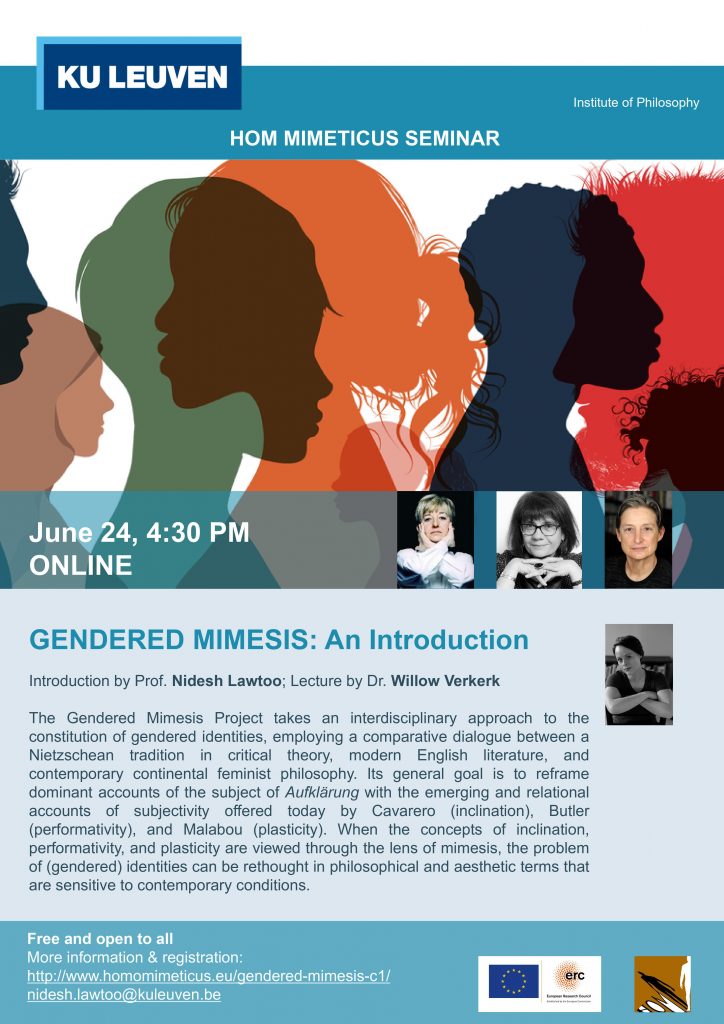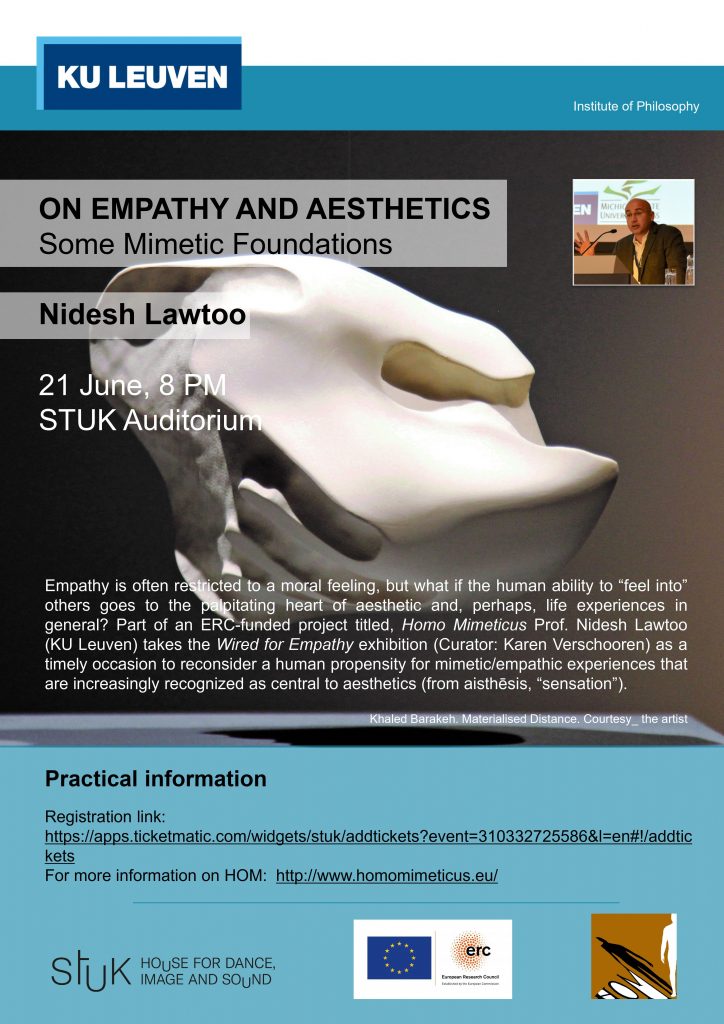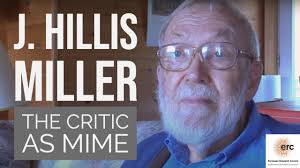Part of the ERC-funded project Homo Mimeticus, the Posthuman Mimesis conference (KU Leuven, May 2021) promoted a mimetic turn in posthuman studies. In the first keynote Lecture, Prof. Kevin Warwick (U of Coventry) argued that our future will be as cyborgs – part human, part technology. Kevin’s own experiments will be used to explain how implant and electrode technology can be employed to create cyborgs: biological brains for robots, to enable human enhancement and to diminish the effects of neural illnesses. In all cases, the end result is to increase the abilities of the recipients.
Author Archives: wp_8686836
Posthuman Mimesis: Introduction
In this welcome to the Posthuman Mimesis Conference part of the ERC-funded HOM Project (KU Leuven), Nidesh Lawtoo and Carole Guesse argue about the importance of bridging the concept of “mimesis” with the concept of the “posthuman” in view of promoting a mimetic turn in posthuman studies, which, as this conference shows, is already underway. More information here.
Survival as Mimesis (Katherine Hayles)
In her keynote address for the Posthuman Mimesis conference, part of the ERC-funded HOM project, Katherine Hayles relies on her double training in biology and literary theory to promote a mimetic turn in posthuman studies. With roots in Greek classical drama and development in literary theory, mimesis is often regarded as primarily a discursive technique. Recently, however, Hayles argues that its applications in embodied practices have undergone exponential expansion in an unexpected domain: microbial resistance to viruses.
HOM Theory: Mimetic Patho(-)logies in the Age of Covid-19 (N. Lawtoo / LMU)
In this public lecture for the LMU Doctoral Program on Mimesis Final Conference, Nidesh Lawtoo (KU Leuven) articulates the relevance of HOM Theory to account for the mimetic patho(-)logies in the Age of Covid-19: from affective contagion to viral contagion, conspiracy theories to therapeutic imitations, Lawtoo argues that rethinking mimesis beyond representation is central to account for the patho(-)logies of contagion in periods of pandemic crisis.
Gendered Mimesis: An Introduction (June 24, 2021)

On Empathy & Mimesis (Stuk, Leuven 21 June)
Empathy is often restricted to a moral feeling, but what if the human ability to “feel into” others goes to the palpitating heart of aesthetic and, perhaps, life experiences in general? Prof. Nidesh Lawtoo (KU Leuven) takes the Wired for Empathy exhibition (Curator: Karen Verschooren; STUK/Artefact June 2021) as a timely occasion to reconsider a human propensity for mimetic/empathic experiences that are increasingly recognized as central to aesthetics (from aisthēsis, “sensation”).

HOM Videos 6, Feminist Politics of Mimesis: Adriana Cavarero
In the sixth episode of HOM Videos, Italian feminist philosopher and political theorist Adriana Cavarero (U of Verona) discusses the relational ontology that inclines the subject toward the other, the dangers of mass behavior, and the possibilities for a new feminist ethics. The city of Verona provides a background to Cavarero’s reflections.
Mimetic Resonances
Storming the Capitol: The Predictable Efficacy of (Hyper)Mimesis

How could a mimetic crowd go so easily from a conspiracy theory to a (new) fascist insurrection? In this piece for TCC Nidesh Lawtoo argues that what is surprising is not that the crowd hit the U.S. Capitol like a wave, but that no one in power saw this announced wave coming. If it is still unclear how (hyper)mimesis goes from conspiracy theory to (new) fascist actions, find out more here. Versione intervista in italiano per il CdT (con Carlo Silini): L’Assalto al Campidoglio.For related events on the importance to counter (new) fascism see also, Settima Lettera on Freud, Fascism, & Myth (March-June 2021); New Fascism & the Mimetic Unconscious (KU Leuven, Marc 24 ) New Fascisms, New Resistances (U Beragmo, 22-23 April)
The Critic and the Mime: J.Hillis Miller in Dialogue with Nidesh Lawtoo
In this interview for the Minnesota Review, J. Hillis Miller and Nidesh Lawtoo take one of the most influential concepts in Western aesthetics, mimēsis, as an Ariadne’s thread to retrace the major turns in Miller’s career and, by extension, to promote a re-turn of mimesis in literary theory and criticism. More here .

